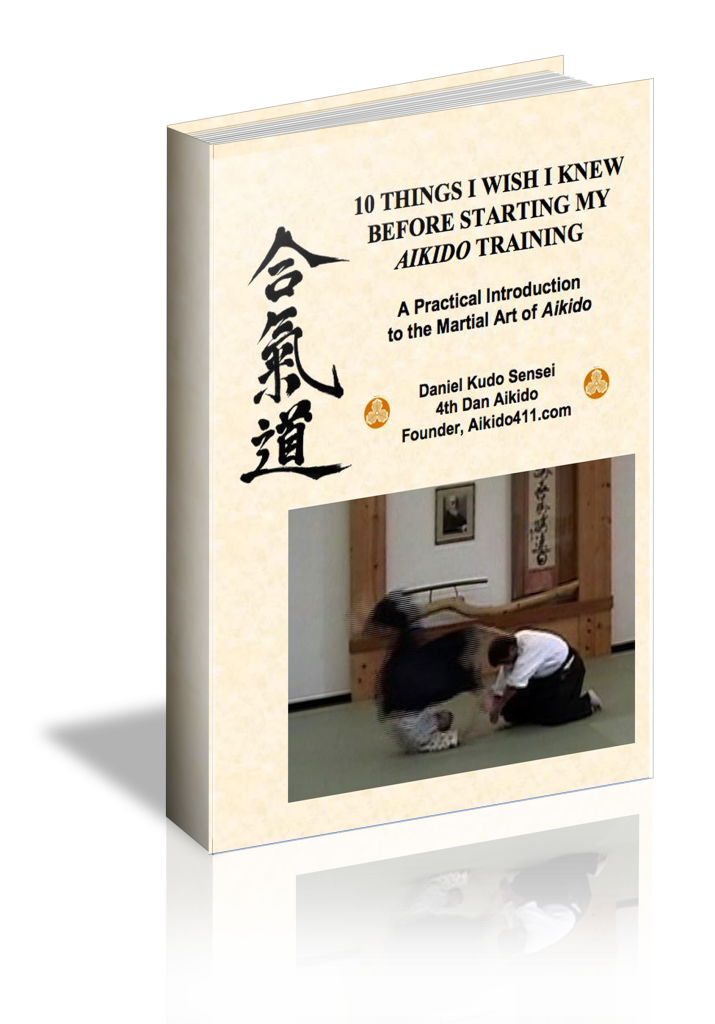Aikido Techniques: Randori – Beauty in Harmony, Harmony in Motion
“Hajime!” – The Beginning of the Aikido Techniques in Randori

Aikido Techniques: Misogi Breathing
Picture yourself sitting seiza on a mat with four to six opponents (ukes) sitting across from you. “Hajime”, which is the Japanese word for start, is shouted and they all come at you, in mass. Of the most beautiful aspects of Aikido techniques is randori, which is the art of movement to control multiple ukes. Randori, loosely translated, is “seizing chaos”, and that is precisely what happens on the mat.
Seeing Gaps in the Aikido Technique of Randori:
Parting the waters – seeing gaps. When one watches the randori of a high level practitioner of Aikido techniques such as Steven Seagal Sensei perform randori, we often see him quickly slip through the middle of the group descending upon him as though he is parting the waters of the Red Sea. In actuality, his timing and awareness permit him to visualize where there is a slightly larger gap between ukes and quickly moves through them. In doing so, he seems to disappear from the view of the ukes as the crash together in the spot where he used to be.
Focusing on the many rather than the one. In our early training in Aikido techniques, the focus is on a single defense from a single attack. This permits the student to learn the how the Four Basic Principles are applied in a properly executed defense technique. Unfortunately, randori does not permit such a focus. It is for this reason that we see ukes pile up on nage. I refer this process of getting “wrapped up in the furball”
The following is video footage of Ishisaka Sensei demonstrating kokyunage or timing throws which are commonly used in randori.
Aikido Techniques: Situational Awareness
Situational awareness – The art of not getting wrapped up in the fur ball. Why does this seem to be easier said than done? One of the key concepts in a successful randori is to avoid focusing on one attacker. The key to avoid being in a multi-car pile up is to drive around it rather than through it. This means stepping to the outside of outside of the group rather than go through it. It also means slipping past an uke rather than engaging as part of your bag of tricks. Situational awareness is the ability to “see” the group movement rather than focusing on a single individual.
In conclusion, there are very few things in martial arts more exciting to watch than a well executed randori. Of all Aikido techniques, randori is among the most difficult to develop a feel for because it involves taking a giant leap away from the traditional one uke-one technique model.

Leave a Reply